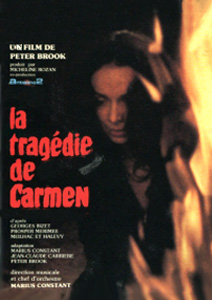
Free improvisation, which arose among jazz musicians but now encompasses a broad range of musical interactions, is best understood as a forum for exploring interactive strategies.
The practice emphasizes process, an engendered sense of discovery, dialogical interaction, the sensual aspects of performance, and a participatory aesthetic; its inherent transience and immediacy challenge dominant modes of consumption and sociopolitical and spiritual models of the efficacy of art.
This according to “Negotiating freedom: Values and practices in contemporary improvised music” by David Borgo (Black music research journal XXII/ [fall 2002] pp. 165–188).
Above and below, Ornette Coleman’s group in the early 1960s.











